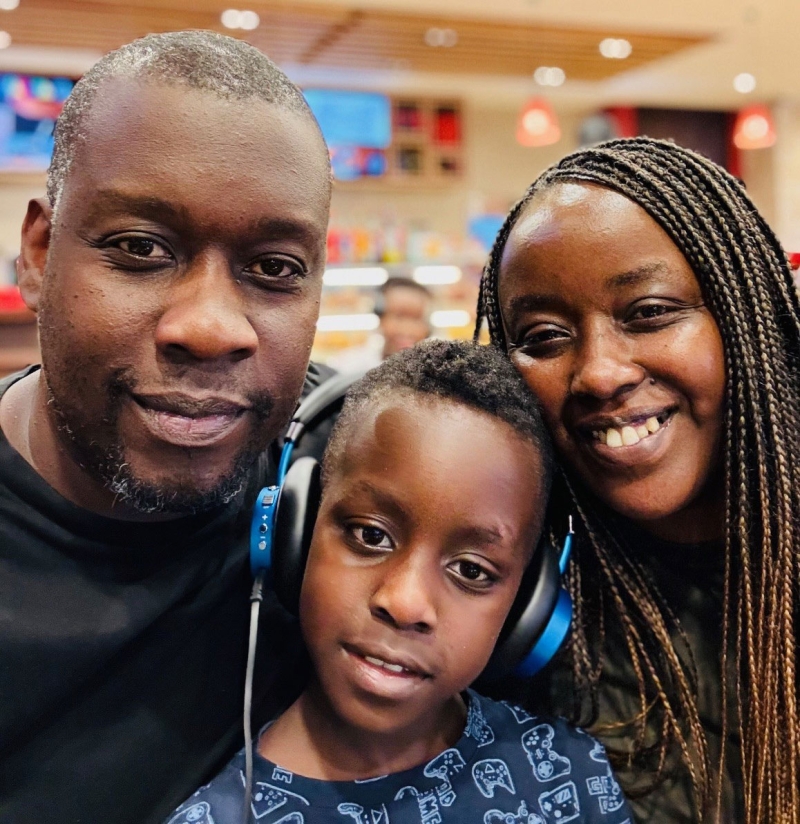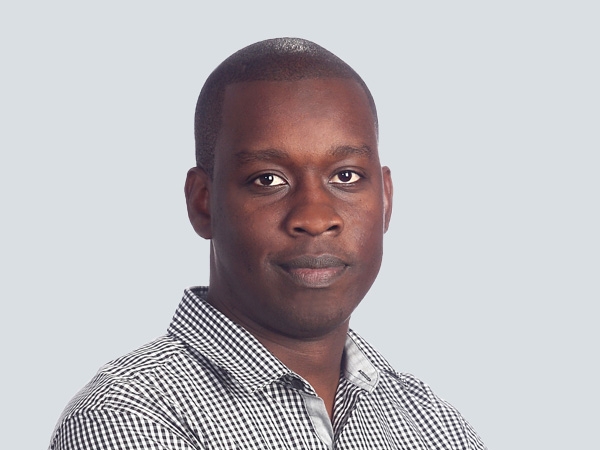
When my son, Zuri, was featured in a Page video a few years ago giving a child’s-eye view of our firm’s renovation of Children’s Hospital New Orleans, he started assuming he was an architect like me.
Likewise, my desire to practice architecture began in childhood. From the age of 9, I told everyone who would listen that I was going to be an architect.
My parents are from Kenya, and my dad and mom were attending college in the United States on a Kenyan government scholarship in the late 1960s and early 70s. My dad went to Bethune-Cookman in Daytona Beach, Fla., and he and my mom got married and had me a year later. In fact, I was born the week my dad graduated – he left from the hospital to go put on his cap and gown and march across the stage. They moved to Atlanta, where he went to Atlanta University Center to do his graduate work, earning his doctorate in zoology. My mom graduated in nursing, got her license, and went to work as a nurse.
I have two younger brothers, both born in Atlanta. Once dad was done with his schooling he said, “We’re moving home to Kenya.” I was 7 years old and caught off guard by this. As a regular American kid raised on cartoons, sugar cereal, and costume parties, I thought Atlanta was home. The resilience of children, though, means home becomes wherever your heart is, and once back in Kenya I made friends fast.
Growing up in a developing country, for many middle-class families, meant we didn’t have all the manufactured toys and video games. We made our own toys out of clothes hangers and tubing from discarded tires, and soccer balls from paper, plastic bags and string. This fostered creativity and resourcefulness, which have stayed with me to this day, as well as a willingness to take risks and try new solutions.
Much of my childhood centered around group activities. That physical connection to my community and friends was instrumental in shaping my world view. I recognized the power of what people can accomplish together. When you pair your gifts and talents with the gifts and talents of others, you can do a lot more. The Swahili word, harambee, means “all pulling together,” and that was the culture that was infused in us, we saw it play out in good times and challenging times.
Watching my mother as a nurse, how she cared for us and others, I developed a profound admiration for the medical profession. I saw the fortitude and emotional strength required, and the value to society. Also, my dad’s work, as a microbiologist and university professor, modeled a scientific frame of mind. A lot of his research touched on disease within animals.
I thought, early on, how do I contribute to making our world better? One of my talents is that I’ve had a good hand at drawing from an early age and used to draw my own comics. This sense of creativity and wonder drew me to the profession of architecture/placemaking. I decided that I could design spaces for people to do wonderful things in. I could use creativity, color and light, proportion and form to create spaces that allow people to use their gifts and talents. I realized it would take an incredible team to build amazing spaces and structures that transformed communities.
I returned to the United States and attended Georgia Tech for both undergraduate and graduate school, and have stayed in Atlanta, practicing architecture for more than 25 years.
An additional motivating factor is my faith as a Christian, which has shaped my world view more than anything else. I believe God has blessed us with unique talents and innate gifts to use not for just ourselves but for others.
My wife, Ella, and our 9-year-old, Zuri, are the innately empathetic ones in the family, with high emotional intelligence. He gets it from her. Likewise, I am a people-person, who finds fulfillment in helping others. As a healthcare architect, I can indirectly help people, families, and communities I could never impact directly.
Traditionally, the design of healthcare facilities has been centered on crisis intervention, what the healthcare community has come to label “sick care.” In recent years, the focus has shifted to wellness and prevention. Healthcare providers are transforming facilities to be centers of wellness with amenities like gyms, health education programs, and community gardens that are open to all.
Many healthcare projects take years to complete. Ultimately, it’s about the relationships you have fostered, sitting down and sharing stories with clinicians, nurses, administrators, and others about what they need to do their jobs well. This affords me a window into people’s lives I wouldn’t otherwise have. This interaction is something that helps center me and fuels my passion for partnering with others to develop impactful spaces.
